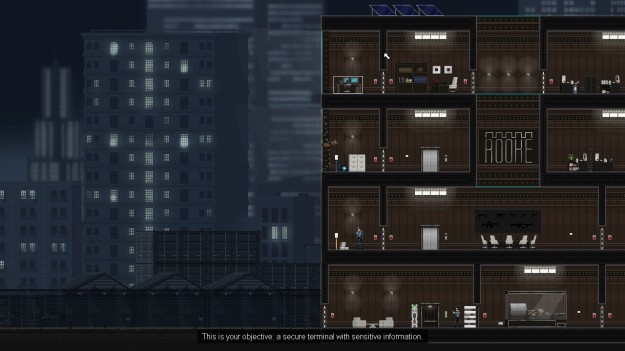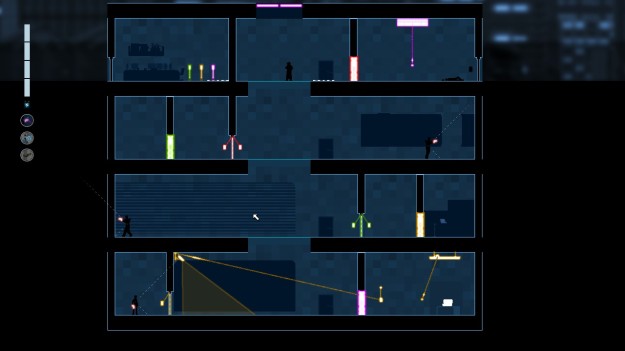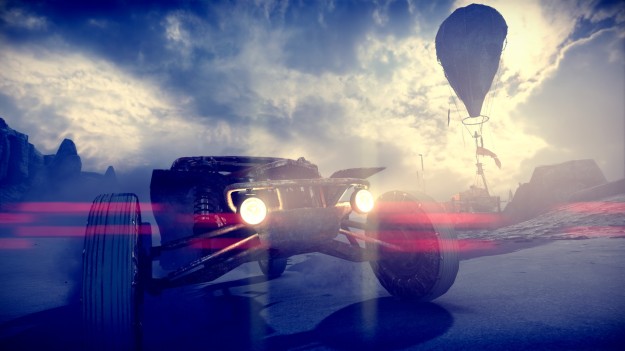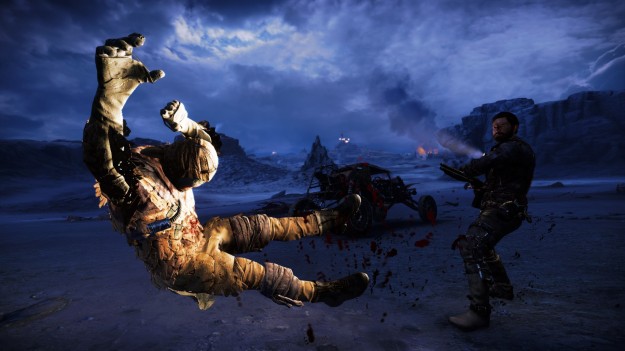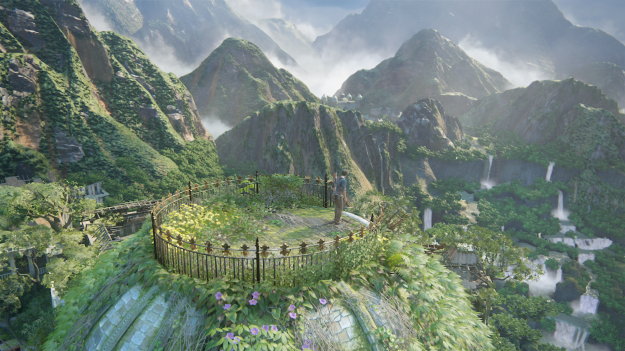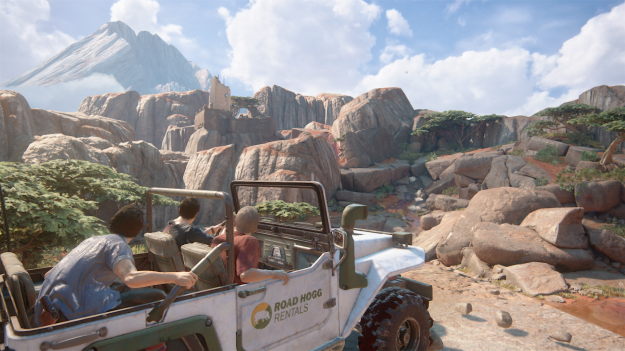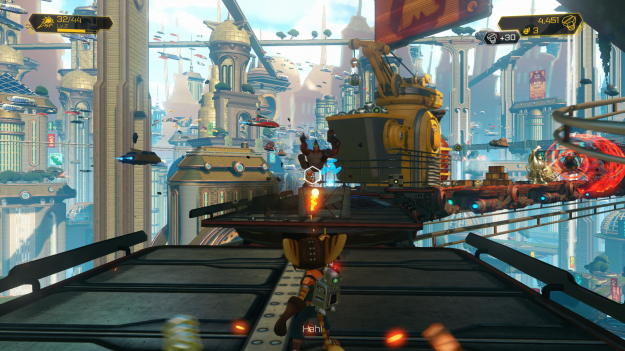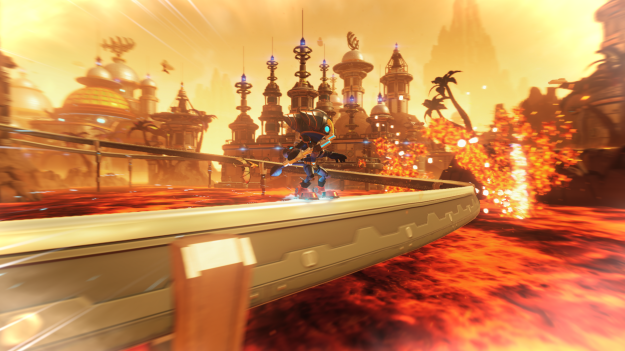Hmm. This is a bit of a complicated one. It’s not a complication that stems from trying to explain what Resident Evil 4 is, because that’s fairly easy to do – it’s a survival horror and action hybrid, seeing you taking on hordes of violent villagers and sinister cultists in a mission to rescue the president’s daughter from a dark and terrible plot. Nor does the problem come from gauging the general public opinion surrounding it, which essentially sees it lauded as being absolutely brilliant and arguably one of the best games ever made. The fact of the matter is that the complication lies in the simple fact that despite this nigh-on critical acclaim, and against my best efforts, I… Uh… Don’t really like it very much.
It took me a little while to work out why. At first I thought it was the story; after all, the voice acting is laughably awful, and there are not so much plot holes here as much as there are plot ravines. Yet after the initial wave of cheesy lines were spoken in a manner that made me facepalm so hard my hand nearly came bursting out the back of my head, the sheer audaciousness of how bad the plot is becomes somewhat charming. This is a schlocky, over the top B-movie experience and the game knows it, with so many quotable lines being flung your way that any initial scepticism soon fades away into unbridled joy for the whole camp spectacle. Nor was my problem the sound design, which is non-ironically excellent – with chanting, foreboding music and much more working together to create quite a menacing atmosphere throughout the whole journey.
My problem, it turns out to be, purely stems from the gameplay and level design choices that are on display here. There are just so many little issues and bugbears consistently appearing throughout, that they mar the core enjoyment that comes from merely shooting the bad guys in the face. To provide examples; some areas require you to stand and fight while others require you to flee, and often it takes far too long to differentiate between the two. In cases of fleeing, there’s no point even trying to put up any sort of combat effort, because enemies will just continue to infinitely spawn without warning. And, despite the escort sections being reasonably thought out, there were still too many moments which felt like I failed purely due to the AI behaviour being a little too unpredictable.
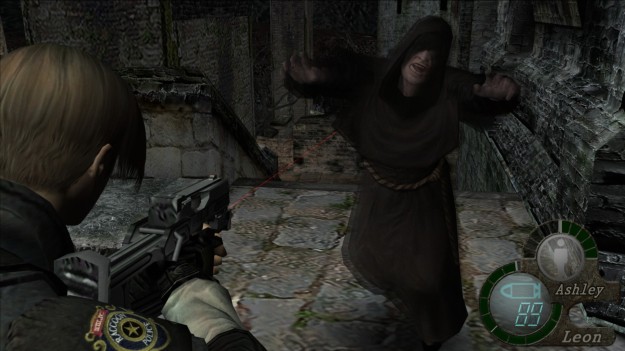
On the issue list grows, with even core concepts of the game floundering – I don’t mind the idea of not being able to move when firing, but the reality is it doesn’t actually translate into gameplay that’s particularly riveting. It’s more of a case of fire at the enemies, run away a bit when they get close, then repeat the cycle. This comes to a head with the boss fights, whereupon in most situations you can dodge these eldritch abominations and their devastating attacks by simply slowly jogging past them.
There’s also so many rooms and areas that feel as if they only exist to burn away your time in some fashion – most of the roadblocks to your journey simply require you to get the funny shaped key for the funny shaped door, and that never proves to be a simple point A to point B endeavour. At one point I even came across a hedge maze and was struck with an overwhelming desire to simply turn the game off, such was my certainty in knowing I’d have to wander around for far too long shooting enemies that were practically destined to appear. Anyone familiar with this game should also know exactly what I mean when I say “water room”, and I’m not having you argue that as the pinnacle of excellent level design.
I’ll concur none of gameplay faults listed above are truly horrific, and perhaps some of you out there would even find them endearing – defining traits of the series as a whole. Yet to me they just lower Resident Evil 4 down to a level that for the most part I would describe as “distinctly average” – a far cry from the flawless masterpiece that I was perhaps expecting to encounter.

There’s a reason why I think this doesn’t feel like a stellar experience nowadays, however. Oddly enough, I think it stems from the fact that back at the time of its initial release, it was the definitive stellar experience. This was the game that invented the idea of the over-the-shoulder perspective in third person games. This was the game that also created the precision aiming system that went hand-in-hand with such a perspective. Heck, it could even be argued that it was this game which made quick time events into something that you can’t escape from in most action titles even to this day. If Resident Evil 4 didn’t exist, you most likely wouldn’t have titles such as Gears of War. Or Uncharted. You certainly wouldn’t have had a series such as Dead Space, and I could keep going with this list if you had several hours to spare.
Put simply, it was the title that set the benchmarks. Yet by doing so, it also devised the means by which it inadvertently shot itself in the foot. You see, so many games have since taken those benchmarks, and refined and honed them via a great deal of time and effort into something that approaches perfection. To therefore go from playing the polished titles of today to the system that’s in place here… Well, it can’t help but feel like a step backwards, a regression into something that can no longer hope to provide the same sense of satisfaction. In many ways, I feel like Resident Evil 4 should be considered a museum piece; something that should be respected, remembered, and admired. It’s just perhaps not something that should be taken out of its case all that often.
In summary, if you were to turn to me and ask me to recommend a good action title or survival horror, I’m not going to turn back round to you and say that you should be giving Resident Evil 4 a whirl. I simply ended up confused and frustrated too often for me to say I had fun with it, despite what it manages to do right. That, however, doesn’t mean I don’t respect the game for what it is and what it managed to do to the industry. If you’re looking for a piece of history or a trip down memory lane, you’ve come to the right place. Otherwise, I’d think twice before taking the plunge.

